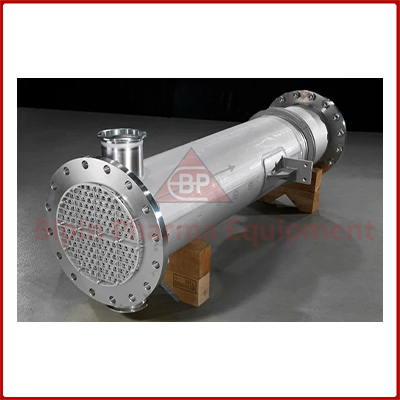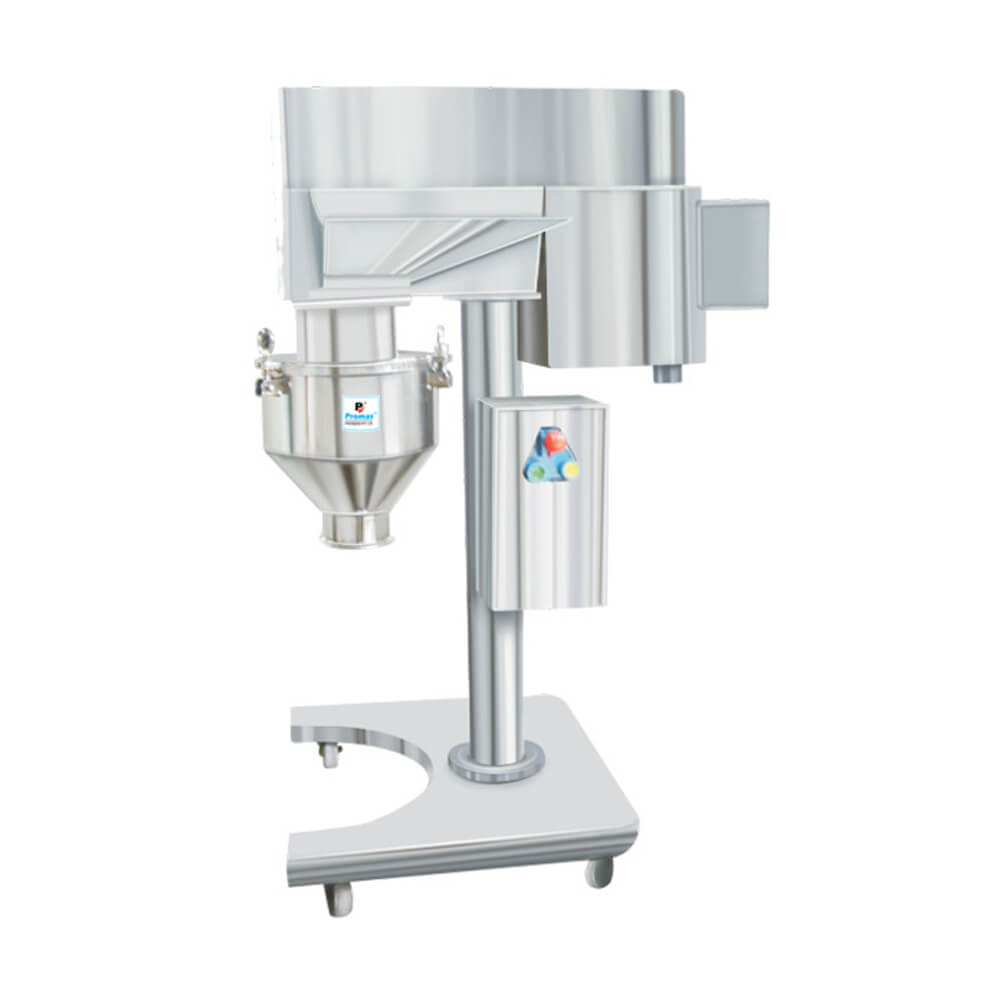Shell & Tube
Shell and Tube Reactors are a specific type of chemical reactor designed for various chemical processes, including heat exchange, chemical reactions, and mixing. They consist of a shell (outer vessel) and a series of tubes (inner vessel) where the reactions or heat exchange occurs.

Here are the key salient features of Shell and Tube Reactors:
-
Versatility: Shell and Tube Reactors are versatile and can be used for various processes, including heating, cooling, condensation, chemical reactions, and mixing.
-
Heat Transfer: These reactors excel at efficient heat transfer due to the large surface area provided by the tube bundle, making them ideal for processes requiring temperature control.
-
Customizable Design: Reactors can be customized in terms of size, configuration, materials, and the number of tube passes to meet specific process requirements.
-
Corrosion Resistance: Materials for the shell and tubes can be chosen for corrosion resistance, ensuring compatibility with various chemicals and reactants.
-
Pressure and Temperature Control: Shell and Tube Reactors often feature pressure and temperature control systems to maintain the desired process conditions.
-
Safety Features: Reactors are equipped with safety features such as pressure relief valves and emergency shut-off systems to ensure safe operation.
-
Uniform Mixing: For processes requiring mixing, agitators and baffles can be integrated to promote uniform mixing of reactants and enhance reaction efficiency.
-
Easy Access: Shell and Tube Reactors are designed with easy access for inspection, maintenance, and cleaning.
-
Scale-Up Capability: They are available in various sizes and capacities, allowing for easy scale-up from laboratory-scale experiments to large-scale production.
-
Efficient Mixing: The design promotes turbulent flow inside the tubes, enhancing mass and heat transfer and improving mixing efficiency.
-
Jacketed Option: Some models can be jacketed for efficient heating or cooling using an external heat transfer fluid.
-
Documentation and Compliance: Models designed for pharmaceutical, chemical, and food industries often come with comprehensive documentation packages, including validation documentation (IQ, OQ, DQ/Manual), to ensure regulatory compliance.
-
Integrated Controls: Control panels typically include a user-friendly interface with digital displays and easy-to-use controls for setting and monitoring process parameters.
-
Environmental Controls: Reactors may include environmental controls, such as inert gas purging or venting systems, to maintain product quality.
-
Pressure Resistance: Shell and Tube Reactors are designed to withstand the pressures generated during various chemical processes, ensuring safety and integrity.
-
Long Service Life: These reactors are known for their durability and long service life, providing a reliable vessel for chemical processes.
-
Material Selection: Materials of construction for the shell and tubes can be chosen based on compatibility with the process, ensuring product quality and reactor longevity.
Shell and Tube Reactors are widely used in industries such as petrochemicals, chemicals, pharmaceuticals, and food processing. Their unique features make them suitable for a wide range of processes where heat transfer, chemical reactions, and mixing are essential components.

